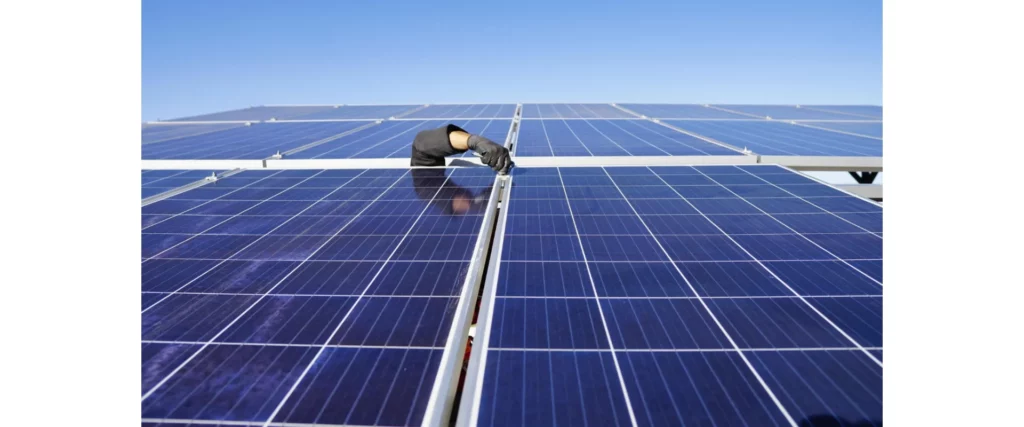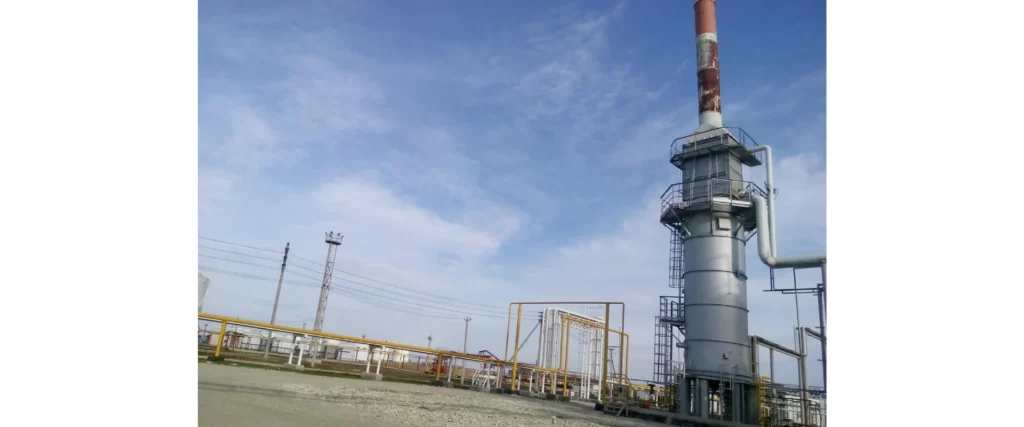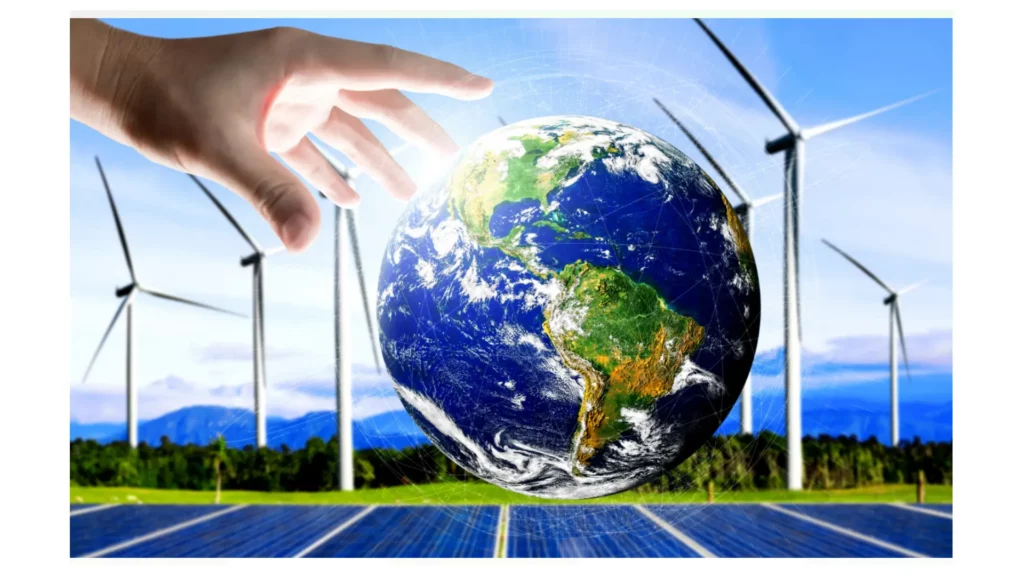Renewable Energy World
If you're a green energy pro, you've probably heard of Renewable Energy World.
The annual conference provides comprehensive coverage of the hottest trends in renewable energy, providing you with practical information you can use to solve real problems and explore real opportunities.
It's the only conference that unites ALL stakeholders in the power generation industry. With its innovative agenda, it's an essential stop for any professional interested in green power generation.

Understanding Renewable Energy
Renewable energy, also known as clean energy, is derived from resources that are naturally replenished, such as sunlight, wind, rain, tides, waves, and geothermal heat.
Unlike fossil fuels, these sources have a virtually unlimited supply and produce minimal or no harmful emissions during energy generation.

Solar Power
In the last four years, solar power has grown globally with 580 GW of solar PV capacity installed. China contributed significantly, adding over 205 GW in 2018.
Solar energy is versatile, used for direct heating in residential areas and industrial processes up to 110°C, reducing electricity and fossil fuel use.
Solar technology is not only capable of generating electricity but also in providing heating and cooling solutions for homes.
Despite the evident benefits, the high initial costs of solar installations necessitate thorough financial planning and consideration of all related expenses.
California is starting a $6 billion concentrated solar power project with parabolic trough technology, covering 28.4 square kilometers. It is supported by a $2.1 billion loan guarantee from the US Department of Energy, highlighting the large investment in solar infrastructure.
Renewable energy, with solar power at the forefront, offers a sustainable alternative to fossil fuels, eliminating greenhouse gas emissions and toxic pollutants.
Unlike fossil fuels, solar and wind energy do not produce waste or contaminate water, presenting a minimal environmental footprint and contributing to a cleaner, healthier planet.

Hydropower
The hydropower sector, important for renewable energy, receives criticism for human rights problems. These include unsafe work conditions and violations of land rights.
Jessie Cato from the Business and Human Rights Resource Centre emphasizes the lack of free, prior, and informed consent (FPIC) from affected communities.
China, Canada, Brazil, the US, Russia, India, and Norway are leading the way in global hydropower initiatives. Hydropower, which provides around 17% of the world's electricity, mainly focuses on water storage.
Despite the rise of other renewables, hydropower continues to be a significant energy source. The International Energy Agency predicts that by 2040, it will make up half of the renewable energy mix, with over 1,000 dams currently being built.
In the EU, hydropower makes up 16.4% of renewable electricity, with countries like Norway depending almost entirely on it. As the oldest form of renewable energy, its sustainability is marred by human rights challenges that need addressing for future growth.

Nuclear Power
In a recent article published by Utility Dive, Amory B. Lovins, an adjunct professor of civil and environmental engineering and a scholar at the Precourt Institute for Energy, touts the merits of nuclear power.
The article is a bizarre conglomeration of social inclusion language and evades the question of nuclear power's economics or operational role. The article, however, shows that nuclear power can compete with renewables and still have a role.
Although nuclear power has its benefits, it is not the only solution to global warming. Natural gas is necessary to stabilize renewable electricity production. Nonetheless, nuclear power plays a crucial role in addressing global warming.
Nuclear power is a proven technology, and it should receive better treatment than its anti-nuclear reputation. It is not the 21st century Devil's excrement, but a valuable component of our power mix.
In a world where wind and solar power are growing in popularity, the use of nuclear power is becoming more prevalent. In the United States alone, nuclear plants currently generate 10% of the world's electricity, and they are carbon-free.

Cutting-Edge Trends in Renewable Energy
The landscape of renewable energy is continuously evolving, with several cutting-edge trends marking significant progress in the field.
Here's a look at some of the noteworthy developments:
- Energy Storage Advancements: Innovations in energy storage, including lithium-ion, advanced flow batteries, and solid-state batteries, are key to stabilizing the supply from intermittent renewable sources like solar and wind.
- Floating Solar and Offshore Wind: The adoption of floating solar panels and the expansion of offshore wind farms address land scarcity and tap into stronger, consistent wind currents, boosting renewable energy potential.
- Hybrid Energy Systems: Systems that combine multiple renewable sources (e.g., solar, wind, hydro) with advanced technologies are enhancing energy production efficiency and reliability.
- AI and Machine Learning: These technologies are improving renewable energy forecasting, monitoring, and optimization, contributing to grid stability and efficiency.
- Smart Grids and Microgrids: The development of smart and micro grids is revolutionizing energy distribution and consumption, particularly beneficial for remote areas and disaster recovery.
- Power-to-X Technologies: Converting excess renewable energy into storable forms like hydrogen or synthetic fuels, Power-to-X technologies are bridging gaps in energy storage and versatility.
- Electrification of Transportation: The rise of electric vehicles and related infrastructure is creating a symbiotic demand for clean electricity, aiding in reducing carbon emissions.
- Blockchain in Energy Transactions: Blockchain technology is paving the way for secure, transparent energy transactions, allowing for innovative peer-to-peer trading models.
- Bioenergy Innovations: Advances in bioenergy, including biofuels and biogas from waste, are providing sustainable solutions while addressing waste management.
- Perovskite Solar Cells: Perovskite cells offer a promising, efficient, and potentially cheaper alternative to traditional solar panels, expanding the possibilities for solar energy integration.
These trends illustrate the dynamic nature of the renewable energy sector, highlighting ongoing innovations and the adoption of new technologies aimed at enhancing the sustainability and reliability of energy sources.

Accessing Renewable Energy Solutions
Accessing renewable energy solutions involves a multi-faceted approach that requires careful planning, collaboration, and a clear understanding of the available resources and technologies.
Here's a step-by-step guide on how to access renewable energy solutions:
- Assess Energy Needs: Begin by evaluating your energy needs. Determine the amount of energy required for your operations, whether it's for residential, commercial, or industrial use. This assessment will help you understand the scale of renewable energy solutions you need.
- Resource Assessment: Identify the renewable energy resources available in your area. This could include solar energy, wind energy, hydroelectric power, geothermal energy, or biomass. Understanding the local resource potential will guide your choice of renewable energy technology.
- Set Goals: Define your renewable energy goals. Decide on the percentage of your energy consumption you aim to fulfill through renewable sources. Setting clear goals will give you a target to work towards.
- Choose the Right Technology: Based on the resource assessment and your goals, select the appropriate renewable energy technology. For example, if you're in a region with abundant sunlight, solar panels might be a good fit. If you're near a water source, hydroelectric power could be considered.
- Financial Analysis: Conduct a financial analysis to understand the costs and potential savings associated with implementing renewable energy solutions. Consider factors such as upfront installation costs, ongoing maintenance expenses, and potential government incentives or tax benefits.
- Funding Options: Explore various funding options to support your renewable energy project. These could include private investments, loans, grants, subsidies, or crowdfunding. Many regions offer incentives for adopting renewable energy, so be sure to investigate available programs.
Conclusion
Renewable energy is a vital responsibility for the planet and future generations. The Renewable Energy World conference promotes innovation and brings together believers in sustainable energy.
It provides insights on current trends, practical solutions, and opportunities in this field.
Renewable energy harnesses nature's power, like the sun, wind, and water. Solar power's global growth and impressive installations in China show our reliance on these resources.
It has the potential to heat and cool homes, making it a beacon of possibility.
Source:
Special Issue on Cutting-Edge Technologies for Renewable Energy Production and Storage

